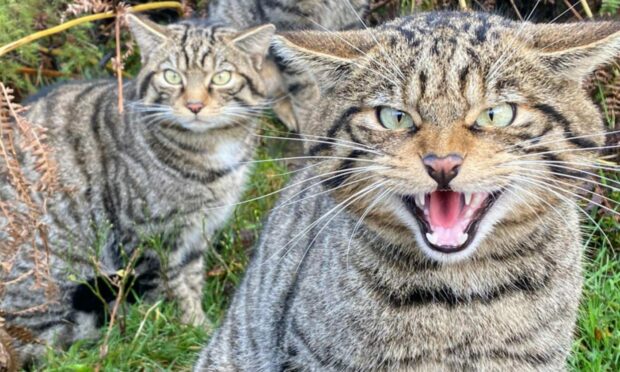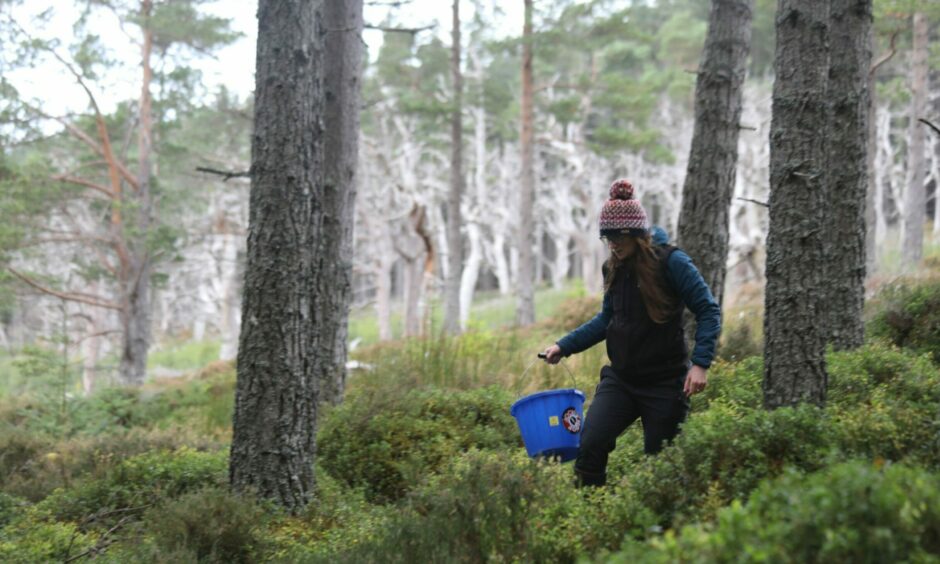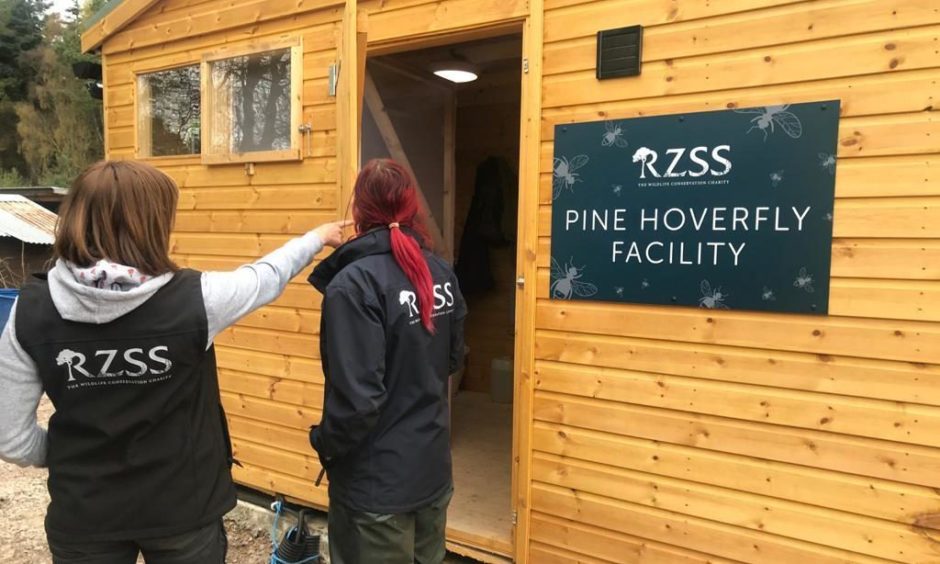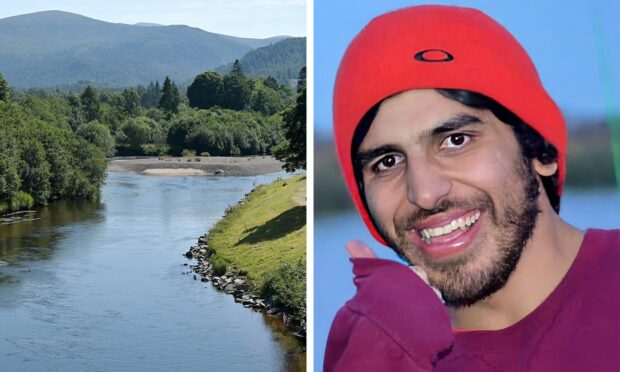Some of the most important work being done at the Highland Wildlife Park goes unnoticed by its many visitors.
Behind the scenes, vital conservation projects are ongoing to protect rare native species as well as their habitats.
Some recent successes are being celebrated at the park in time for World Habitat Day and World Animal Day, both this week.
And future initiatives will enhance the conservation knowledge of the park’s experts and visitors.
Which species are being saved?
The populations of some species have declined to such an extent that species recovery alone isn’t enough, and the protection, recovery and connectivity of habitat needs to be supported.
This month the Saving Wildcats conservation partnership welcomed 22 kittens in its first breeding season.
These could be among the first of the rare species to be released into the wild in Britain next year.
Led by the Royal Zoological Society of Scotland (RZSS), which runs the Highland Wildlife Park, Saving Wildcats is working with national and international experts to restore Scotland’s critically endangered wildcat population.
Animals born this year are being prepared to be released into selected locations in the Cairngorms National Park in 2023.
The project is based in a quiet area away from visitors to the wildlife park.
In March, about 3,000 pine hoverfly larvae were released into three forest habitats in the national park.
The pine hoverflies are bred in purpose-built huts also away from the public areas before being let out into nature.
Last month, RZSS completed its first small scabious mining bee survey at the park.
Working as part of the Rare Invertebrates in the Cairngorms (RIC) partnership, staff found 70 bees and discovered important nest sites during the survey in August and September.
It is all part of RZSS’s strategy to recover 50 species by 2030
How many species are at risk?
Globally around one million species are at risk of extinction. One in nine species in Scotland is under threat, with the Cairngorms National Park home to over 25% of the UK’s rare and endangered species.
Scotland’s Wildlife Discovery Centre, being built at the Highland Wildlife Park, will bring some of the unseen conservation work into the public eye.
Dr Helen Senn, RZSS’s head of conservation and science, said: “One of our critical objectives is to educate people.
“We want people to come to the centre to learn about Scottish wildlife and about how to behave responsible when they go out into the wider world.
“The centre will offer an exciting opportunity to speak to the public on conservation issues.
“We will be able to tell people about some of these stories in a bit more detail and why Scottish wildlife is so important, why we need to protect and it how it relates to protecting the landscape like peatland restoration and reforesting.
“We also want to signpost to them where they can see nature safely and responsibly and not to engage with behaviour like dirty camping.
”All these messages hopefully will help people think about threats to species in Scotland and the wider situation internationally.
“It’s another way to put the spotlight on what we’re doing and remind people that by buying a ticket for the wildlife park they are helping to pay for teams like mine and help restore wildcat, or pine hoverflies as well as enjoying the animals they can see.”
Plan to restore wildlife park’s peatland
A project planned for next year will restore an area of peatland in the wildlife park.
RZSS has applied for planning permission to carry out the work and for a grant from the national park authority to fence off a small area of bog to protect it and animals.
The experiment will allow different techniques to be tested and possibly train maintenance staff in peatland restoration.
This will help prevent erosion of the peatland and maximise carbon sequestration.
“The primary objective would be to educate people about peatland restoration and preserve the diversity of plant life and other small species in the boggy areas”, said Dr Senn.
“We see this as an opportunity to reach new audiences about the importance of peatlands for climate and biodiversity.
“We also want to use it as an experiment into how we can restore peatland areas in places where livestock are also being managed.
“Peatland restoration is being talked about a lot. But it’s an issue with not enough people with skills as there is such a demand for it, so we will be able upskill our own staff in the process.”
Are you interested in more exclusive and breaking Highland and Islands news from the P&J? If so, why not join our dedicated Facebook page HERE














Conversation